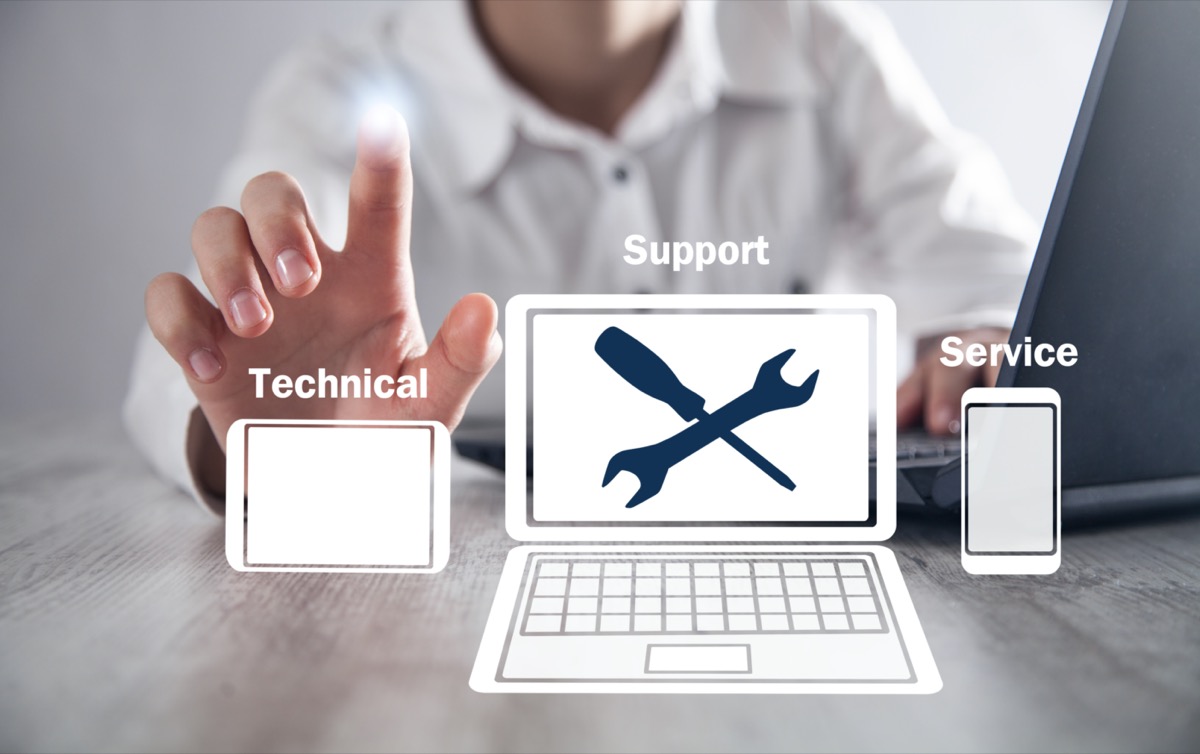Discover the importance of maintenance pages for your website: communication, user experience, and advanced digital strategy in case of unavailability.
Have you ever considered the importance of the maintenance page for your website? If you manage or develop sites, it is likely that the need for a maintenance page has crossed your mind. Many organizations underestimate the impact and importance of these pages which, although they may seem innocuous, play a crucial role in managing your brand perception and user experience when your site is temporarily unavailable. Let’s decipher together the fundamentals of a maintenance page as well as its difference from the “Coming Soon” page.

What is a Website Maintenance Page?
A website maintenance page is a temporary page that visitors see while the site is being updated or repaired. Unlike an error page, it is intentionally set up by the technical team to inform users that the site will be available again soon. Site administrators retain access, allowing them to test the changes before the site goes live again. This page assures visitors that technical issues are being taken care of and that the site will be available again shortly.
The “Coming Soon” Pages: Definition and Role
Coming Soon pages tell users that a new site is under construction and will be available soon. They have no header or footer, but instead feature a message encouraging visitors to come back later. Typically used for new projects, they also aim to build excitement and collect information, such as email addresses, for the future launch. Their main purpose is to set the stage for search engines and to encourage visits as soon as the site opens.
Fundamental Difference Between a Maintenance Page and a Coming Soon Page
It is crucial to understand the distinction between these two types of pages. The “Coming Soon” page hides a site under construction, yet allows search engines to index it in advance. On the other hand, the maintenance page is intended for changes and updates to the existing site, informing visitors of the ongoing maintenance. In case of maintenance, the HTTP 503 code can be used to signal to search engines that the site is temporarily unavailable, thus preventing unwanted indexing.
Why Use a Maintenance Page?
Using a maintenance page goes far beyond a simple informational notice. It should clearly state the expected duration of the downtime and can include links to social media platforms to keep users engaged. By collecting email addresses, you're paving the way for future marketing campaigns. Also, when migrating between different content management systems or servers, such a page ensures smooth and transparent communication with users.
Information to Include in a Maintenance Page
A maintenance page should provide clear and concise information about the temporary nature of the site's downtime. It can display a message like "Maintenance in Progress" accompanied by an error code, such as HTTP 503 for a service unavailable. To build user confidence, the page should reassure users that the issue is being addressed and offer redirects to other available content.
User Side
For visitors, the page should provide an optimistic and professional outlook. This may include:
- The estimated time before the site goes back online.
- Alternative ways to access information (e.g. links to social networks).
- A pleasing design that doesn't neglect aesthetics.
Administrator or Developer Side
From a more technical and internal perspective, developers need to be able to quickly identify the source of the problem. Customizing the text based on the error code can be considered. A troubleshooting service should be ready to intervene to ensure a quick resolution.
Setting Up the Maintenance Page: Three Key Procedures
Creating a maintenance page should be carefully planned with the client. Here are three procedures for three distinct needs:
Procedure #1: Switch the Site to OFF Mode
For WordPress sites, the WP Maintenance plugin is a key tool. Here's how to enable maintenance:
- Log in to the site's back office.
- Navigate to the “WP Maintenance” button.
- Enable maintenance mode and save changes.
This will set up a waiting page for all visitors except users with administrative rights. To verify the page, the test can be performed by logging out or using a different browser.
Procedure #2: Management in the Event of CMS Failure
If the CMS system is down, FTP is necessary. The logic is to archive the site folder and temporarily replace it with the maintenance page folder.
Procedure #3: Server Malfunction
In the presence of server failures, such as Apache/NGINX, MySQL, or hardware conflicts, a default page managed by Apache/NGINX is displayed. Regardless of the problem, it is imperative to contact the server administrator for a proper reboot and resolution of the issue.
The Strategic Impact of a Maintenance Page
Having a well-designed maintenance page is an essential element for effective website management. It ensures transparent communication during outages and updates, contributes to user engagement, and preserves brand image. Proactive management of these pages can also have a positive impact on public relations and customer loyalty. Adopt and integrate clear and effective procedures to maintain the continuity of your online service. Consider it as an integral part of your company's digital strategy.
